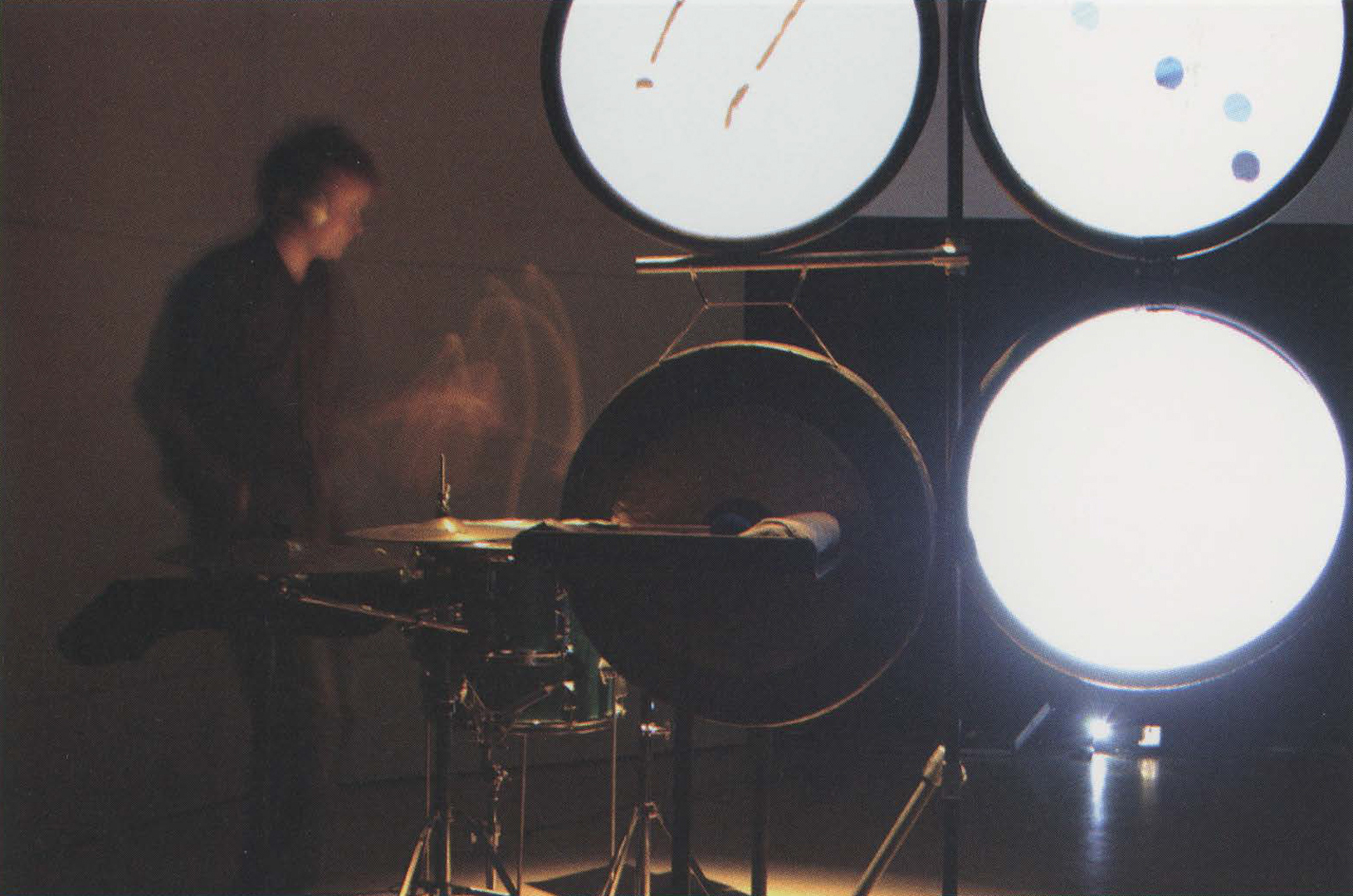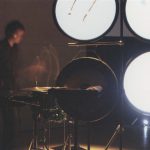Jeffrey Treviño, Ross Karre: Substitute Judgement + Mental Catalogue
Notice: Pod Template PHP code has been deprecated, please use WP Templates instead of embedding PHP. has been deprecated since Pods version 2.3 with no alternative available. in /data/siggraph/websites/history/wp-content/plugins/pods/includes/general.php on line 518
Artist(s):
Title:
- Substitute Judgement + Mental Catalogue
Exhibition:
- SIGGRAPH 2007: Global Eyes
-
More artworks from SIGGRAPH 2007:
Notice: Array to string conversion in /data/siggraph/websites/history/wp-content/plugins/siggraph-archive-plugin/src/next_previous/source.php on line 345

Notice: Array to string conversion in /data/siggraph/websites/history/wp-content/plugins/siggraph-archive-plugin/src/next_previous/source.php on line 345

Creation Year:
- 2007
Medium:
- Music for solo multi-percussion hybridized with synchronized, integrated video
Category:
Artist Statement:
This piece explores the synchronization and hybridization of media for the creation of a unified and balanced work of art. Jeffrey Treviño created Substitute Judgment as an autonomous solo multi-percussion work, inspired by his readings of philosophical inquiries into the ethics of Alzheimer’s Disease patients’ legal status as decision makers. Ross Karre created Metal Catalogue, a synchronized video response to Treviño’s work. Substitute Judgment presents four very simple compositions as one composition in which four different pieces interrupt each other. The piece focuses on the profound changes that come about by an apparently simple, even trivial change in priority. The goal of Metal Catalog is to create an entirely new piece that utilizes the hybrid of both media, live percussion and video. The concept for the video is derived from the concept of Substitute Judgment. Hyper-simultaneity guides the temporal construction of the imagery. A sectionalized formal structure, consisting of four seemingly disjunct cells of musical materials, is represented graphically by a catalog of metal objects. Comprised entirely of still photographs of decaying metal farm equipment, Metal Catalog displays images in motion through a variety of graphic manipulations. First, a moving collage appears as a backdrop for overlaid images whose perspective is twisted and turned in response to the resonance of the tam-tam. Next, the surprise introduction of a mechanical drum groove is represented with shifting and fading colored pencil drawings of the photographs. The materials gain more clarity in the next section, when the twisting images are transferred to a single-layered unity on the screen. At the entrance of the penetrating wood block, the audience flips quickly through the pages of the catalog while the sound of glass bottles evokes memories of images as they pass quickly by, twisting in and out of sight. The music and video permute these previous materials. Finally, a choice is made: The glass bottle remains as the decisive final sonic element, resting uneasily on the resonance of the tam-tam and the fading imagery of the metal collage.
Technical Information:
The artists designed chains of communication between various industry-standard applications. Treviño’s solo multi-percussion music was originally notated in Sibelius, a commerically available music notation program. Then he exported the notated score from Sibelius as a MIDI file and imported this file into ProTools, the industry standard for mixing and editing audio. He used ProTools to create a click track from the imported MIDI file and exported the click track, a beat-by-beat representation of the musical composition’s metric skeleton, as an audio file. Karre imported this file into Final Cut Pro and, with reference to the musical score, was able to create a video that synchronizes exactly to each and every audio event in the piece of music. He then authored a DVD in which the soundtrack is this click track. In performance, a Macintosh laptop plays this DVD. The laptop sends its video to a projector, which throws onto small screens integrated into the solo multi-percussion
setup; the laptop sends its audio, the click track that is the DVD’s soundtrack, to Karre’s headphones. In this way, Karre is able to perform the composition in complete synchronization with the video.







